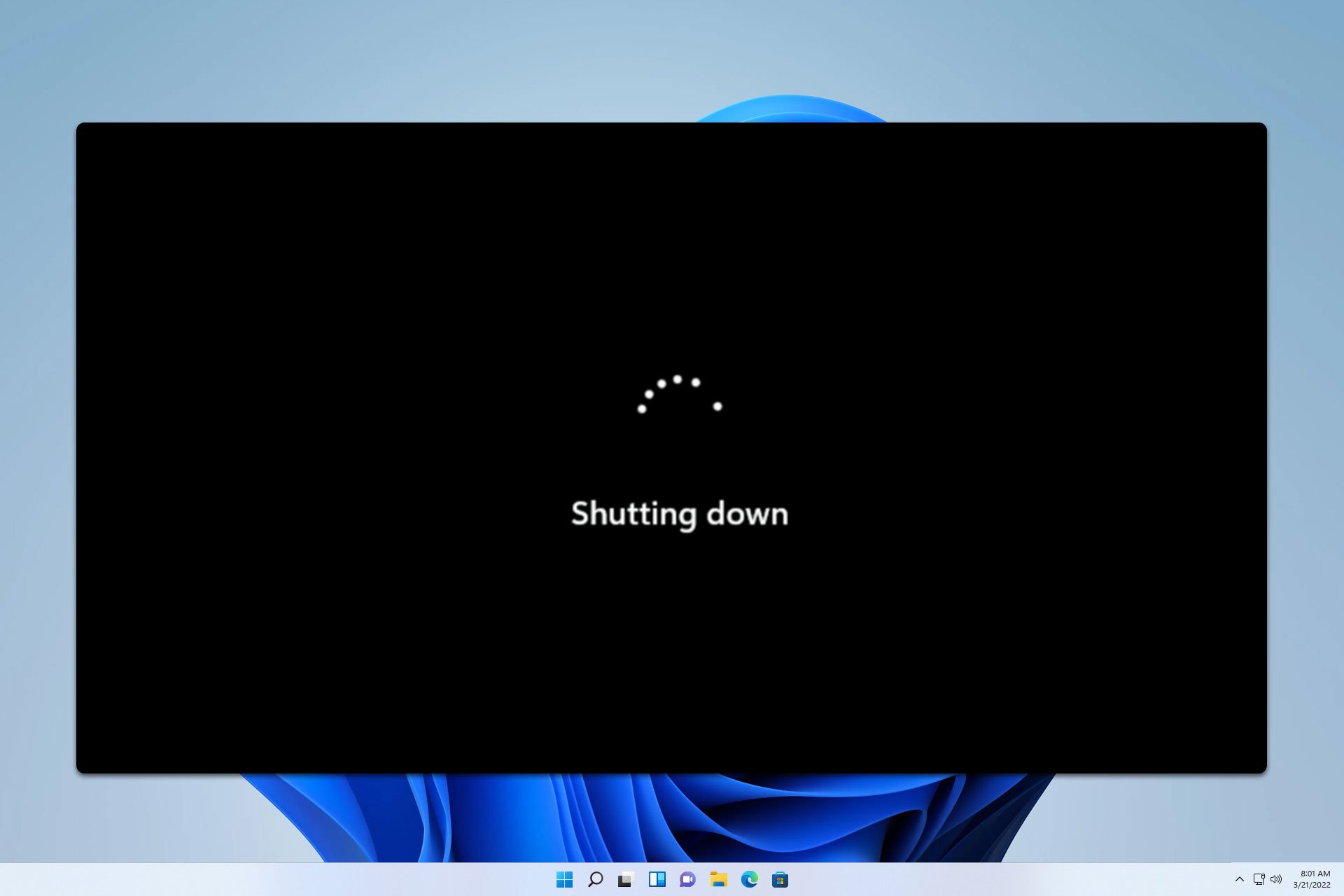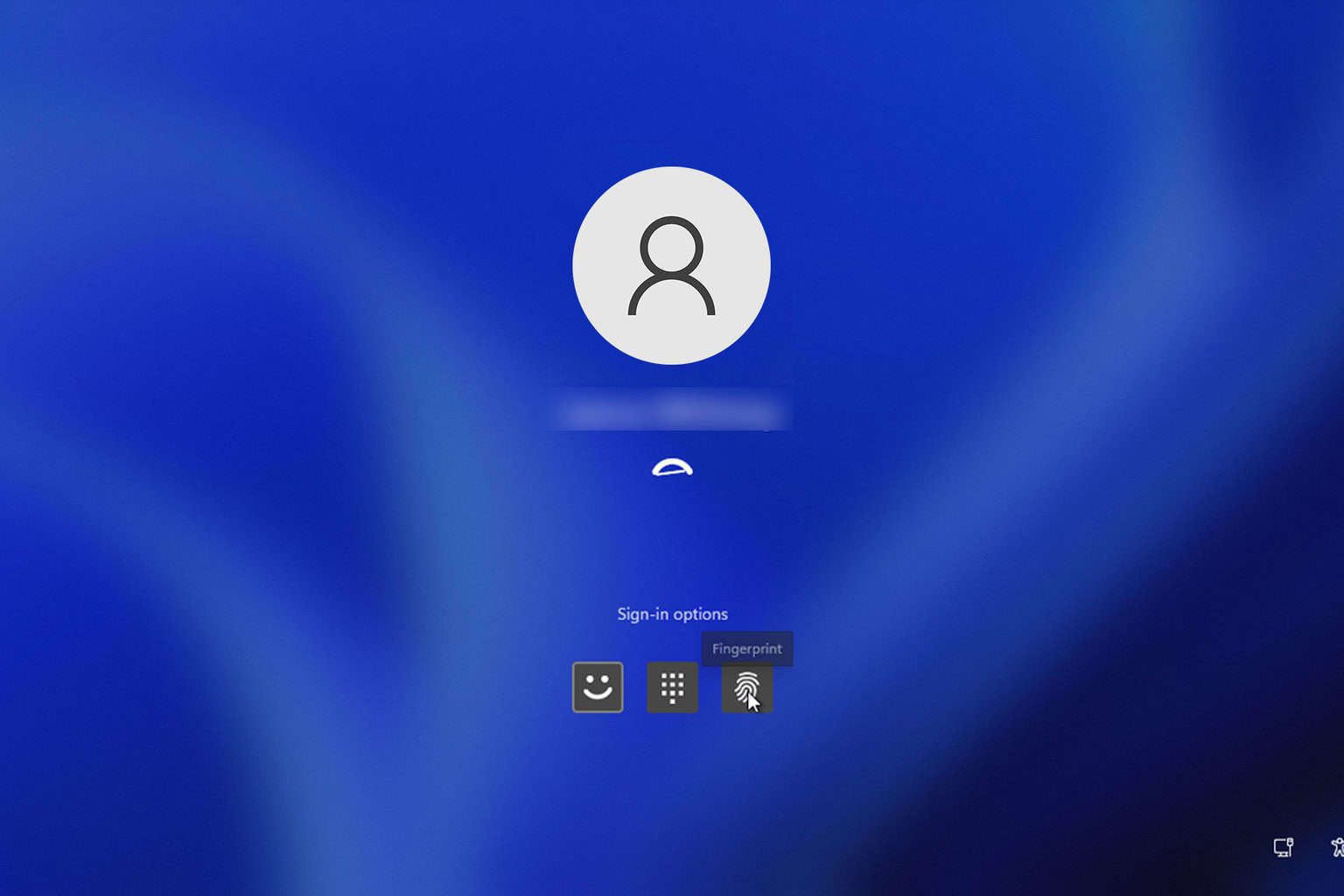How to Fix the UCMUCSI_FAILURE Error on Windows
The USB-C driver is corrupted or outdated
3 min. read
Updated on
Read our disclosure page to find out how can you help Windows Report sustain the editorial team. Read more

The UCMUCSI_FAILURE error, also known as bug check 0x1D8, indicates that the USB Type-C Connector System Software Interface (UCSI) class extension has encountered an error. This error typically occurs when the UCSI firmware is not responsive, or the UCSI firmware has indicated an error in response to a critical UCSI command sent by the UcmUcsiCx driver.
Long story short, this issue is caused by a malfunctioning USB-C driver or port, or an old BIOS firmware. So, first, try using a different port if available and check if the existing port has any signs of damage.
How do I fix the UCMUCSI_FAILURE bug check?
1. Update the driver
- Press Win + X and select Device Manager.
- Expand the USB Connector Managers section.
- Right-click on the UCM-UCSI ACPI Device and select Update driver.
- Choose Search automatically for updated driver software.
- Follow the on-screen instructions to complete the update.
Usually, updating the driver will fix this issue quickly, but also make sure that you get the latest OS updates from Settings > Windows Update. A recent update may have introduced a new USB-C driver for your system.
2. Restart or reinstall the driver
- In Device Manager, right-click on the UCM-UCSI ACPI Device from the USB Connector Managers section and select Disable device.
- Wait for a few seconds, then right-click on it again and select Enable device.
- If this doesn’t work, right-click on the device and select Uninstall device.
- After uninstalling, right-click on the USB Connector Managers section and select Scan for hardware changes to reinstall the driver.
Uninstalling the driver will force the system to install a new one for your device and refresh it. If this still doesn’t work, we recommend using a dedicated driver updater tool that will perform all these actions automatically.
3. Update the BIOS firmware
- Visit the manufacturer’s website for your computer or motherboard.
- Download and install the latest BIOS or firmware updates.
- Follow the manufacturer’s instructions to update the BIOS or firmware.
Usually, you will need a USB flash disk and copy the new firmware on it. We have a dedicated guide on how to update the BIOS on Windows 11 if you need more instructions.
If these steps don’t resolve the issue, it may be hardware-related so you might need to consult with a professional technician to diagnose and fix the problem.
For any questions or if you know about any other solutions we didn’t cover, let us know in the comments below.








User forum
0 messages